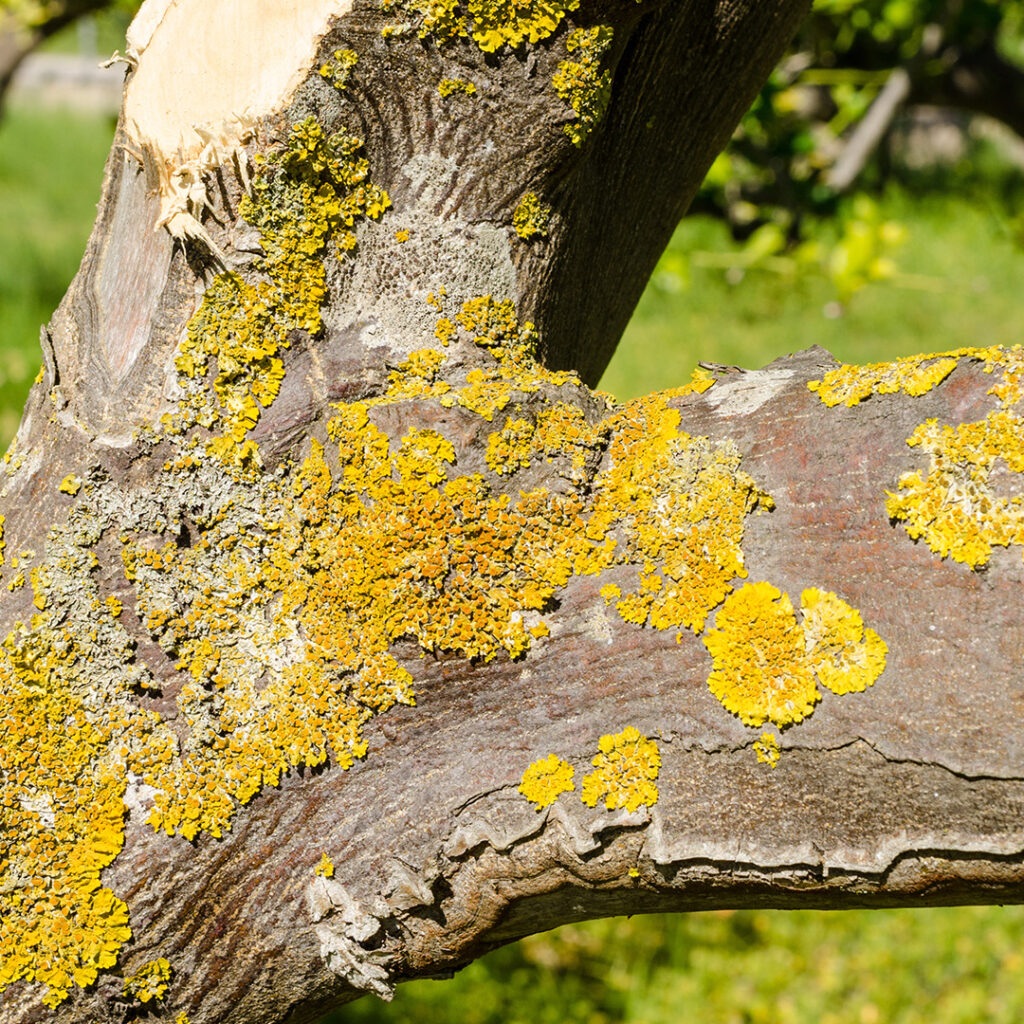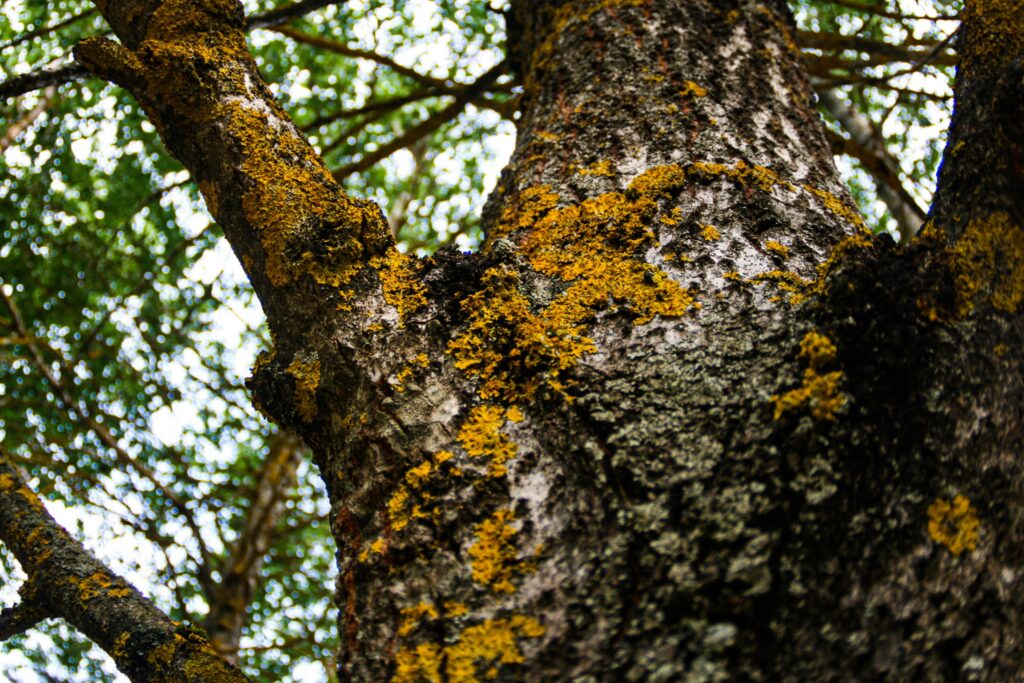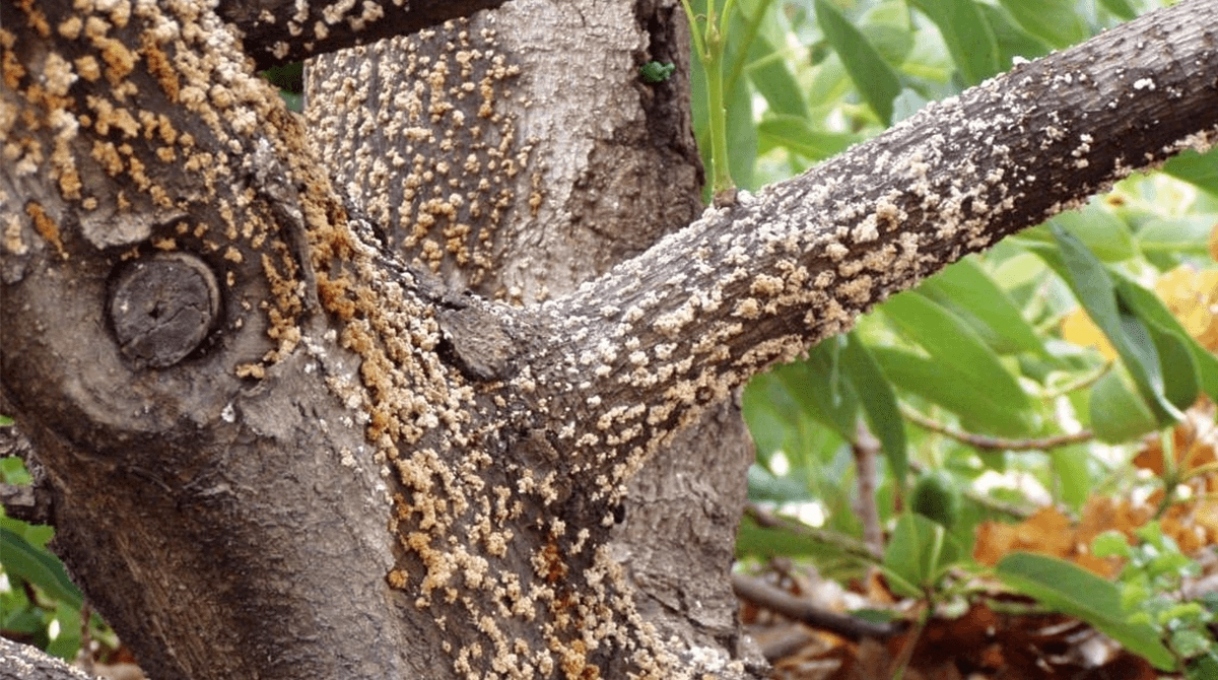Tree fungus treatment is a crucial aspect of arboriculture, as fungal infections can severely compromise the health and longevity of trees. Fungi are ubiquitous in the environment and can infect trees through wounds, weakened areas, or stressed conditions.
Identifying the type of fungus affecting a tree is essential for implementing an effective treatment plan. This detailed guide will explore common tree fungi, symptoms of infection, and various tree fungus treatment methods to preserve the health of your trees.
Common Tree Fungi
Several types of fungi can affect trees, each with its specific characteristics and implications for tree health. Some common tree fungi include:
Armillaria Mellea (Oak Root Fungus)
- Identification – Recognized by clusters of honey-colored mushrooms at the base of the tree.
- Symptoms – Weakened or dead branches, leaf discoloration, and decline in overall tree health.
- Treatment – Improve tree vigor, prune affected branches, and apply fungicides.
Ganoderma Applanatum (Artist’s Conk)
- Identification – Large, woody conks with a reddish-brown upper surface.
- Symptoms – Wood decay, conk formation on the trunk, and structural instability.
- Treatment – Mitigate stress factors, monitor tree stability, and consider removal if necessary.
Verticillium Wilt
- Identification – Wilting leaves, yellowing, and vascular discoloration.
- Symptoms – Branch dieback, leaf wilting, and reduced growth.
- Treatment – Prune infected branches, improve soil drainage, and consider fungicide application.
Symptoms of Tree Fungal Infections
Identifying the symptoms of a fungal infection is crucial for implementing timely treatment. Common signs include:
- Leaf Discoloration – Fungal infections often manifest as yellowing, browning, or spotting on leaves.
- Cankers and Lesions – Presence of sunken areas or wounds on the trunk or branches.
- Fruiting Bodies – Observation of mushrooms, conks, or other fungal structures on the tree.
- Wilting and Decline – Gradual or sudden decline in overall tree health, accompanied by wilting leaves.

Tree Fungus Treatment Methods
Effective tree fungus treatment involves a combination of cultural, preventive, and chemical measures. Here are some methods to address fungal infections:
Promote Tree Health
- Maintain proper watering practices to prevent drought stress.
- Mulch around the base of the tree to retain soil moisture and regulate temperature.
- Fertilize according to the tree’s needs to enhance overall vigor.
Pruning
- Remove infected branches, cankers, or areas showing signs of decay.
- Proper pruning improves air circulation and reduces fungal spread.
Fungicides
- Systemic Fungicides – Absorbed by the tree and distributed internally to control fungal growth.
- Contact Fungicides – Applied directly to the affected areas on the tree.
Soil Management
- Improve soil drainage to prevent waterlogged conditions that promote fungal growth.
- Replace infected soil in the root zone with healthy soil.
Biological Controls
- Introduce beneficial organisms that compete with or prey on the tree fungus.
- Examples include mycorrhizal fungi and beneficial nematodes.
Treatment Based on Fungal Types
Different tree fungi may require specific approaches for effective treatment:
Oak Root Fungus (Armillaria Mellea)
- Cultural Practices – Improve soil drainage and avoid excessive watering.
- Pruning – Remove infected branches and prune during dry periods.
- Fungicide Application – Use systemic fungicides containing phosphorous acid.
Artist’s Conk (Ganoderma Applanatum)
- Structural Evaluation – Assess tree stability and consider support systems.
- Reduce Stress – Address factors like poor drainage or compacted soil.
- Fungicide Application – While not always effective, certain fungicides may be applied.
Verticillium Wilt
- Pruning – Remove infected branches and sterilize pruning tools between cuts.
- Soil Amendments – Improve soil drainage and structure.
- Fungicide Treatment – Consider using systemic fungicides with thiophanate-methyl.
Professional Consultation
When dealing with severe fungal infections or when uncertain about the best course of action, seeking professional arborist consultation is advisable. Certified arborists can conduct a thorough assessment, diagnose the specific fungal issue, and recommend targeted treatment.
Preventive Measures
Preventing fungal infections is often more effective than treating established ones. Implement the following preventive measures:
Regular Inspections
- Regularly inspect trees for signs of fungal infections.
- Promptly address any wounds or damage to minimize infection risk.
Proper Planting
- Plant trees in well-draining soil, and provide adequate spacing.
- Avoid planting susceptible species in areas prone to specific fungal pathogens.
Mulching
Apply organic mulch around the base of the tree to regulate soil temperature and moisture.
Watering Practices
Water trees at the base to prevent foliage wetting, reducing the risk of fungal spore germination.

FAQs
What causes fungal infection in trees?
The majority of wood deterioration in limbs and trunks is caused by fungal spores that are carried by air, as well as by spores and mycelial pieces that insects bring to wood that have been damaged. Among the injuries include vandalism, pruning wounds, natural branch thinning and loss brought on by shadowing, and harm by construction or machinery.
How do you treat fungal infections in plants using baking soda?
Sodium bicarbonate, commonly known as baking soda, is an antifungal that can eradicate certain well-established fungi. Studies have indicated that it is efficacious against certain varieties of black spots and powdery mildew.
Are there specific treatments for different tree fungi?
Yes, different fungi may require specific treatments. For example, Oak Root Fungus may be treated with improved tree vigor, pruning, and fungicide application, while Artist’s Conk may require structural evaluation, stress reduction, and possibly fungicide application.
When is professional consultation advisable for tree fungus treatment?
Professional consultation is advisable for severe infections or when uncertain about the best course of action. Certified arborists can conduct thorough assessments, diagnose specific issues, and recommend targeted treatments based on their expertise.
Can a tree recover from fungus?
It’s crucial to keep in mind that while tree fungi can be made to go into remission, they cannot be completely treated once they have developed. As such, regular tree health care is necessary to prevent the fungi from growing stronger again.
Conclusion
Tree fungus treatment requires a multifaceted approach, considering the specific fungal pathogen, tree species, and environmental conditions. Early detection, prompt intervention, and preventive measures play pivotal roles in maintaining the health and vitality of trees. By combining cultural practices, proper pruning, chemical treatments, and professional guidance, arborists and tree owners can work together to combat tree fungal infections and ensure the longevity of our valuable tree canopy.


2 replies on “Tree Fungus Treatment – From Symptoms to Solutions”
I really appreciate your help
Thank you for your post. I really enjoyed reading it, especially because it addressed my issue. It helped me a lot and I hope it will also help others.